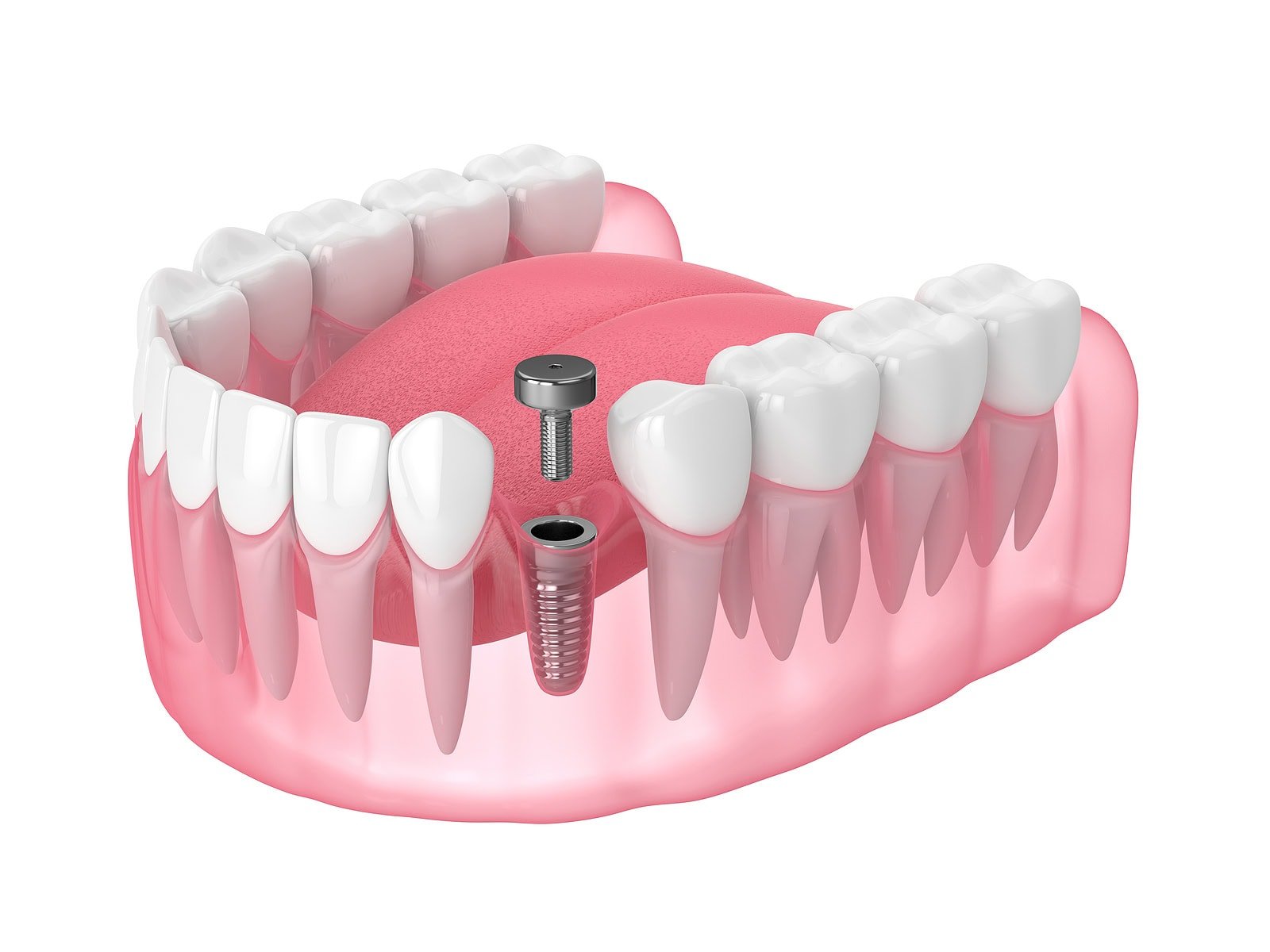Did you know the food on your plate can determine whether your new implant feels rock-solid or wobbly six months from now? I have seen patients in Rochester Hills bounce back quickly when they treat nutrition as part of the dental implant procedure, and I have also watched great surgery struggle because the body never got the raw materials it needed. Below is a practical, science-backed guide you can start using today.
What Is Osseointegration and Why Does It Matter?
Osseointegration is the moment your jawbone bonds directly to the titanium post. Think of the implant as a seed and your bone as soil. If the “soil” is rich in calcium, vitamin D, and other nutrients, the seed takes root. If the soil is depleted, the seed stalls or fails. That bond is the whole reason implants can outperform bridges and dentures; without it, the restoration will never be as stable as nature intended.
How Nutrition Drives Osseointegration
Bone cells act like tiny bricklayers. They move calcium, phosphorus, and collagen to the implant surface and build new bone day after day. Those cells cannot work if the bloodstream is short on supplies; research shows that patients with a balanced diet enjoy faster healing, fewer complications, and stronger long-term stability.
Key Nutrients for Bone Formation and Stability
- Calcium: primary building block of new bone
- Vitamin D: boosts calcium absorption and directs it to bone tissue
- Magnesium: works with vitamin D and activates more than 300 enzymatic reactions
- Phosphorus: partners with calcium to form hard bone crystals
Vitamins and Minerals That Tame Inflammation
- Vitamin C: critical for collagen production and immune strength
- Zinc: accelerates cell repair and wound healing
- Vitamin K2: teams with vitamin D to keep calcium out of soft tissues and inside bones
Omega-3 Fatty Acids and Tissue Repair
Salmon, sardines, chia seeds, flaxseed oil, and walnuts supply omega-3s that quiet inflammatory cytokines. Less inflammation around the implant means fewer setbacks during the early weeks of healing.
Quick-Reference Table: Nutrients and Everyday Food Sources
| Nutrient | Daily Goal* | Food Sources | How It Helps |
| Calcium | 1200 mg | Milk, yogurt, fortified almond milk, cheese, tofu | Builds dense bone around the implant |
| Vitamin D | 1000 IU | Fortified dairy, egg yolks, brief sun exposure | Increases calcium uptake |
| Magnesium | 400 mg | Spinach, almonds, black beans, oats | Activates vitamin D and supports nerve function |
| Vitamin C | 75–90 mg | Kiwi, bell peppers, strawberries, oranges | Forms a collagen scaffold |
| Omega-3 | 1000 mg | Salmon, sardines, flaxseed, walnuts | Lowers inflammation in healing tissues |
*Average adult requirements; confirm with your dentist or physician.
Red Flags: Signs Your Diet May Be Lacking
- Slow-healing cuts or bruises
- Recurrent colds or oral infections
- Constant fatigue
- Brittle nails or hair
- Bleeding gums or loose teeth
If you recognise any of these, address them before scheduling surgery. I recommend reading what food you need for dental implant healing for a deeper checklist.
Structuring a Healing-Focused Diet
Right after surgery
- Greek yogurt smoothies with soft berries
- Scrambled eggs or silken tofu for protein
- Pureed vegetable soups with added collagen powder
Two to six weeks
- Soft-baked fish for omega-3s
- Fortified plant milks for calcium and vitamin D
- Steamed greens sprinkled with pumpkin seeds for magnesium and zinc
Long-term maintenance
- Rotate dairy and leafy greens daily
- Enjoy Great Lakes salmon twice a week for natural vitamin D and omega-3s
- Snack on almonds or walnuts instead of sugary treats
Local Tip for Rochester Hills Residents
Michigan summers bring antioxidant-packed blueberries and strawberries that are perfect for vitamin C smoothies. Local dairy farms provide calcium-rich milk and cheese, and Great Lakes whitefish gives you a reliable omega-3 boost. Pair these foods with guidance from a licensed dietitian for an implant-friendly meal plan.
Preventing Early Implant Failure Through Diet
- Start nutrient-dense meals at least 30 days before surgery.
- Correct any vitamin D or iron deficiency in advance.
- Keep protein above 70 g per day during recovery.
- Skip sugary sodas and ultra-processed snacks that trigger inflammation.
For more insight, see the benefits of dental implants and our guide to managing dental implant complications.
Final Thoughts: Fueling Long-Term Success
Your implant is an investment that deserves premium fuel. Balanced nutrition promotes faster osseointegration, stronger bone density, and a lower risk of problems later on. Before your procedure, talk with your dental team and a nutrition professional so your body has everything it needs for a lifetime of confident chewing.
Ready to begin your implant journey? Visit our dental implant procedure page or call my Rochester Hills office for a personalised treatment and nutrition plan that sets you up for lifelong success.
Frequently Asked Questions
How long does osseointegration take?
Most implants bond to bone within three to six months, influenced by bone quality, systemic health, and nutrition.
How do I know if my implant has integrated?
A stable implant with no pain and healthy gums is a good sign. Your dentist confirms integration with X-rays and a mobility test.
What exactly is osseointegration?
It is the biological process where living bone grows onto the implant surface and locks it in place.
Are there downsides to osseointegration?
The main challenges are the time required for healing and the need for excellent oral hygiene and nutrition to keep the bond strong.
